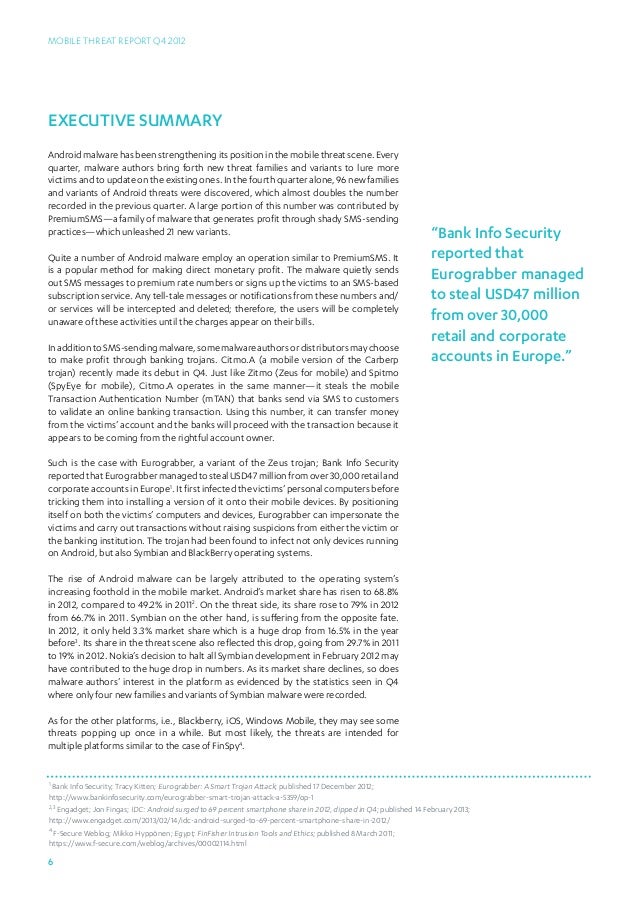

The problem with the techniques described above is that security vendors are well aware that security professionals and criminal hackers want to gain access to the LSASS process’ memory space.

#F secure labs windows
There are of course several custom implementations of the above tools, as well as some more esoteric approaches like using comsvcs.dll, a Dynamic Link Library (DLL) that ships with Windows by default. These approaches have been documented on a number of security blogs, but the use of comsvcs.dll was recently introduced into LSASSY and as a result is featured heavily in an excellent blog post by Pixis titled Extract credentials from lsass remotely: The simplest approach is to right-click the LSASS process in Task Manager or use procdump from Microsoft’s Sysinternals suite. There are legitimate reasons to create minidumps of processes, which is why Microsoft provides the functionality required to create them.
#F secure labs Offline
The beauty of this approach is that an attacker can first create a minidump of the LSASS process on their target system, exfiltrate it to the relative safety of their attacking machine, and then use Mimikatz offline to retrieve credentials far removed from any defensive security products. But, the simplest way for offensive security professionals to push back against these preventative measures was not to run Mimikatz on the endpoint at all, and so Mimikatz began providing support for 'minidumps' of LSASS. In certain situations it was possible to use obfuscation to evade detection. Initially, it was possible to execute Mimikatz on a target host directly, but security tooling quickly started to prevent against it. Mimikatz is the de facto standard and most comprehensive tool for credential theft attacks. The details of all of these techniques are beyond the scope of this post, here we'll be focusing on the process of retrieving credential material from the Local Security Authority Subsystem Service (LSASS). There are a number of different techniques that can be used to retrieve credentials from an endpoint. One of the most important aspects of lateral movement is credential theft which was the focus of this research - the process of using privileged access to an operating system to extract credential material. We wanted to push back too, and felt that lateral movement would be an interesting space to investigate due to the attention it receives from defensive security solutions. They found that they could leverage existing communication methods often found within enterprise environments to tunnel their C2 and have been using it successfully ever since the tool was released. The team behind C3 found that their command and control (C2) channels kept getting caught by the blue team and so they wanted to push back.

WithSecure has previously released presentations and tooling around most of the elements of the kill chain, most notably Custom Command & Control (C3) in September 2019. These solutions are effective and are starting to hit red teamers where it hurts. Yes we would.į-Secure Corporation always aims to do what's best for our customers.Modern defensive security solutions use sophisticated techniques to prevent, detect and/or respond to malicious actions. We would like to state this for the record, as we have received queries regarding whether we would have the guts to detect something obviously made by a known violent mafia or terrorist organization. We will also be adding detection of any program we see that might be used for terrorist activity or to benefit organized crime. This decision-making is influenced only by technical factors, and nothing else, but within the applicable laws and regulations, in our case meaning EU laws. We have to draw a line with every sample we get regarding whether to detect it or not. Thus, F-Secure Corporation would like to make known that we will not leave such backdoors to our F-Secure antivirus products, regardless of the source of such tools. Discussion was increased as several US-based anti-virus vendors made comments implying they would on purpose leave a backdoor in their anti-virus products to allow such a spying program to work. Much of this discussion was generated by media coverage on rumored backdoor trojan known as “Magic Lantern”, developed by FBI or NSA in USA. In late 2001, F-Secure Corporation received various queries on our standpoint regarding the possibility of spying programs developed by various governments.


 0 kommentar(er)
0 kommentar(er)
